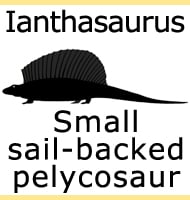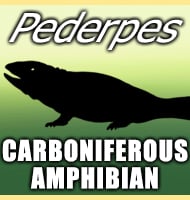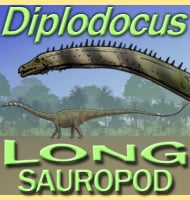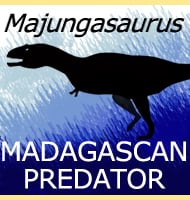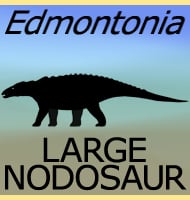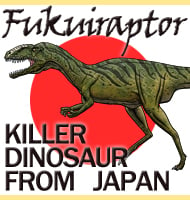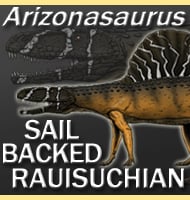In Depth
Spinolestes is a genus of small mammal that lived in Spain during the early Cretaceous, and one that has told us more about Mesozoic mammals that most other genera combined. This is all down to the truly exceptional level of preservation in the xenarthrosus type specimen that not only contains the skeleton, but impressions of soft internal organs, hair, and even the ears.
The level of preservation of the hair of Spinolestes can be done to the cellular level, and this has revealed that the hair of Spinolestes was already like that of modern animals. Spinolestes had also developed spine-like guard hairs that were similar to those seen in species of the modern day Acomys genus, more commonly referred to as spiny mice which are native to Africa. Some of these hairs were also broken near the skin as well as discoloured at the point of breakage, which may well be signs that this individual had a skin infection at the time of death. Aside for the spines, Spinolestes also possessed scutes, plates of bone that grew within the skin that would have provided a defence against the mouths of very small predators.
Usually at best only the inner ear of ancient mammals is preserved, but in Spinolestes we not only have that but the outer ear structure as well. This is an exceptionally rare feature that has been preserved, and in Spinolestes we know that the ears of Spinolestes were well developed and rounded in a similar fashion to what we would see in a mouse today.
As far as the general body is concerned, Spinolestes had powerful limbs and feet, way beyond what would be necessary for just walking about. It is possible that Spinolestes was also a digger, perhaps digging burrows, or perhaps even into the ground for food. The dentition of Spinolestes is suggestive of an insectivore, and so combined with a strong digging ability, Spinolestes may have been breaking open ancient termite mounds to hunt for food.
Further Reading
- A Cretaceous eutriconodont and integument evolution in early mammals. - Nature 526:380-384. - T. Martin, J. Marug�n-Lob�n, R. Vullo, H. Mart�n-Abad, Z.-X. Luo & A. D. Buscalioni - 2015.


